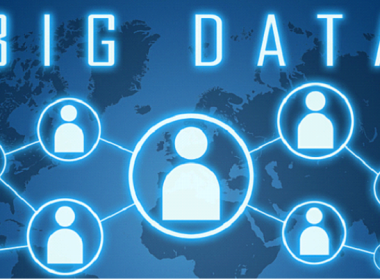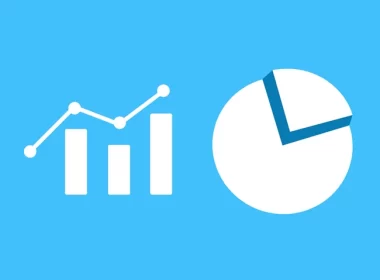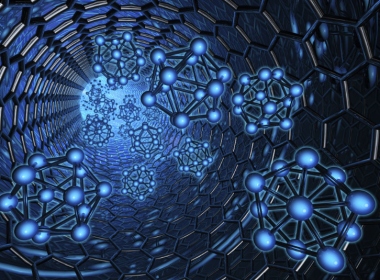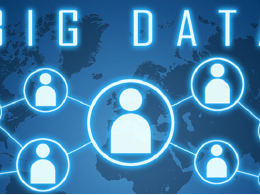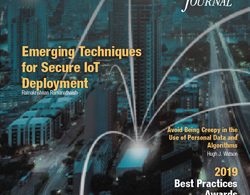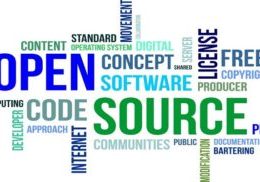Machine learning gives computers the power to constantly learn without being explicitly asked to do that via programming. This is the key to the power of machine learning, Ramakrishnan Ramanathaiah, Director- SAP Practices, Miraclesoft, explains to The Machinist
“It is actually a subset of AI and aims to feed data to machines, so they might learn from that data on their own. So,
in essence, machine learning is a part and parcel of artificial
intelligence.”
Machine Learning is one of the most talked about fields today. While the term might sound a bit complex, it is far simpler in its meaning and much expansive in its manifestations in real life. To get some industry insights from an insider who has seen the space inside out, The Machinist undertakes this journey through the frontiers of machine learning with Ramakrishna Ramanathaiah, a professional in the SAP and Machine learning space with an expansive experience spanning more than 17 years. He regularly uses Python and the R programming language for data analysis. Sit back as we get to know all about the machine learning buzz and what the future holds in its vaults!
Talk about machine learning and you’re sure to scare off people. Please tell us what really machine learning is and why it’s so popular. It’s not at all like that! The basic concept of machine learning is actually a very simple one. Okay, so one thing that really distinguishes humans from machines is the ability to learn. We, humans, can comprehend what’s happening and adapt. What makes this possible is our ability to learn. You see, with programming, coders give the computer instructions about what to do and how. The computer simply follows what it’s been told. With machine learning, things go a step further. Machine learning (ML) gives computers the power to constantly learn without being explicitly asked to do that via programming. This is the key to the power of machine learning. Using ML, intelligent machines can learn from data and make informed decisions. Wow, that was an eye-opener! But isn’t that also what artificial intelligence does? How does machine learning differ from artificial intelligence? Well, that’s a brilliant question! Actually, artificial intelligence is a very broad concept. At the core of the idea of AI is that machines should be smarter, intelligent. The ultimate aim is to simulate natural intelligence. Scientists would like machines to have the decision-making abilities that we humans possess, at least as close to that as we can practically go. Now, talking about machine learning, this is actually a subset of AI and aims to feed data to machines, so they might learn from that data on their own. So, in essence, machine learning is a part and parcel of artificial intelligence. AI, though, is a much broader concept that encompasses other aspects as well which are not necessarily within the scope of machine learning. That makes sense! One can only imagine the amazing possibilities machine learning holds in the real world. Absolutely. Without a doubt, machine learning has transformed the world. It is now being used in every Machine learning algorithms have been used in what is called Natural Language Processing (NLP) which studies the way humans interact with computers and giving computers the ability to understand complex natural language and dialogues.
As data becomes more and more voluminous, we will need more powerful CPUs to handle the data processing needs for machine learning. In simple terms, expect to see your favourite hardware manufacturers come up with even more powerful devices and computers.
Similarly, wearable sensors are redefining healthcare by aggregating data about blood pressure, heart rate, and other health parameters in real-time, processing and analysing what it means in terms of healthcare using complex algorithms. Doctors can then use this information to predict ailments that might appear in the future to a reasonable degree of accuracy. Machine learning has quietly entered our day-today life without us even noticing. It has certainly made things super simple, though. You now have Alexa predict the weather or tell you when and where you have the next meeting without you looking up your schedule yourself. All you have to do is ask! That is the power of machine learning.
Machine learning algorithms have been
used in what is called Natural Language
Processing (NLP) which studies the way
humans interact with computers and giving
computers the ability to understand complex natural language and dialogues
Interesting. What about the future? What do you think does the future hold in store for machine learning? We are only waking up to the limitless possibilities that cutting-edge technologies like machine learning, artificial intelligence, and big data present. I think we’ll keep seeing Moore’s Law expand in terms of the CPU power.
We have already come a long way in terms of how powerful our handheld devices are, but this trend will only exponentially increase. CPU power will catch up with the potential of machine learning and we will continue to see ever more powerful machines. The key to the power of machine learning is data: there can be no learning without a data set to learn from. As data becomes more and more voluminous, we will need more powerful CPUs to handle the data processing needs for machine learning. In simple terms, expect to see your favourite hardware manufacturers come up with even more powerful devices and computers. Bots will get even more capable and powerful in interacting with humans. Take SAP’s Conversational AI, for example, which is a cloud-based bot platform. Enterprises can use this technology to handle their Twitter messaging service and deploy human-like bots that use Natural Language Processing. I work with a programming language called R that deals mainly with data analysis. It’s a great tool that helps data miners and enterprises— Ford, for instance, uses the language to analyse its social media to implement design decisions based on customer feedback! So, in a nutshell, what do I think about the future of machine learning (ML)? We are on the brink of a revolution. What does the future hold for ML? Only time will tell!


